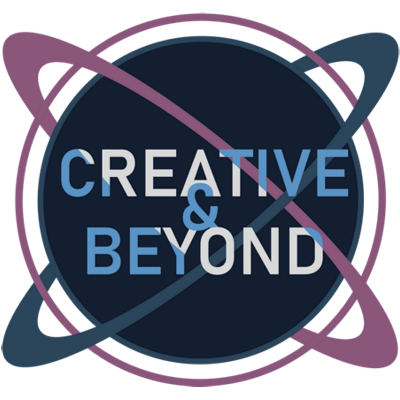momentum
This week, I’d like to share an excerpt from my upcoming book, Idea to Done:
As the story goes, back in the day an old man sat next to a friend at a railway station, looking at a steam engine for the first time. He peered far down the tracks at the many box cars in tow and shook his head. Steam began to shoot up in the air, and the old man muttered to his friend, “They’ll never get it started.”
But the whistle blew and the powerful engine started to slowly turn its wheels and pull the heavy load behind it. Before long, the train was gone; all that remained was a lingering cloud of smoke.
“Well?” his friend asked, nudging the old man.
The man shrugged. “They’ll never get it stopped.”
The beginning of a project is one of the toughest moments because you have little progress to back you up and a lot of work ahead of you—your momentum is at an all-time low. However, the beginning is also when you have a lot of excitement and expectation to push you onward. Think of this as your steam, slowly turning those wheels to get you chugging down the tracks.
As a project continues, momentum builds and tasks become easier. Yes, the initial excitement dwindles with the passage of time and in the presence of challenges and setbacks, but you soon will have momentum pushing you on. Excitement comes and goes, but without momentum, you’re dead in the water, cold on the tracks, a mound in the mud, as mobile as a mountain.
Momentum is motion, and motion leads to progress. No momentum, no progress. What I’m saying in so many words is momentum is a critical element for the completion of any project. The problem is, there are many things we can do to inhibit our momentum or even lose it. The fastest train will eventually stop if the engine ceases to pull it along.
Here’s why: momentum requires maintenance.
It takes work to gain, but it also must be maintained. So what are some things you can do to build and keep your magnificent momentum?
- Prioritize your workflow from easy to difficult. When it comes to order of operation, start with the simplest, easiest thing and work your way toward the more difficult and complex. If you begin with all the hardest parts, you can quickly get overwhelmed and lose the drive to continue. As you finish smaller tasks, the larger ones begin to look more feasible.
- Turn a task into a process whenever possible. If you find yourself repeating the same steps over and over, it’s time to make it a process. Can it be automated within a program or application? Can someone else help you with it so you can spend your time on the parts only you can do? Can you make it part of your regular routine, so you get it done quickly and save your time and energy for more demanding tasks?
- Practice, practice, practice. Momentum comes from repetition. The more you try something, the better you will become and the more realistic your expectations will be about your next attempt. Make sure to track the results of your practice. Whether you’re learning how to bake a triple-layer wedding cake, prepping your dog for a show, or writing code for a mobile game, even a few repeated attempts can lead to great improvement—recognizing this only motivates you to continue your efforts.
- Don’t stop. Every time you quit, it’s harder to go back. Whenever you set a project aside, you end up having to retrace your steps in order to get back to where you were. To prevent this, work on or think about your project a little every day, even if it’s only for a few minutes, it will go a long way toward maintaining your momentum.
The magic of momentum can turn a ton of motionless steel into a speeding locomotive. Every time you check another task off your list, every time you take one more step toward the finish, you’ll have more momentum for the next push and the following one.
Yes, momentum takes effort to gain, but it pays off big-time in the long run. Without it, you’ll feel more like a runner going against the wind with a parachute behind you—not the best way to go, unless you’re really into resistance training.
With momentum on your side, there’s just no stopping you. So get those big wheels of momentum a-turnin’ and keep your creative fuel a-burnin’.
Creatively yours,
A.P. Lambert
Hey Creatives, do you find momentum hard to build, or do you find yourself coasting once you have it? Let us know in the comments below.

